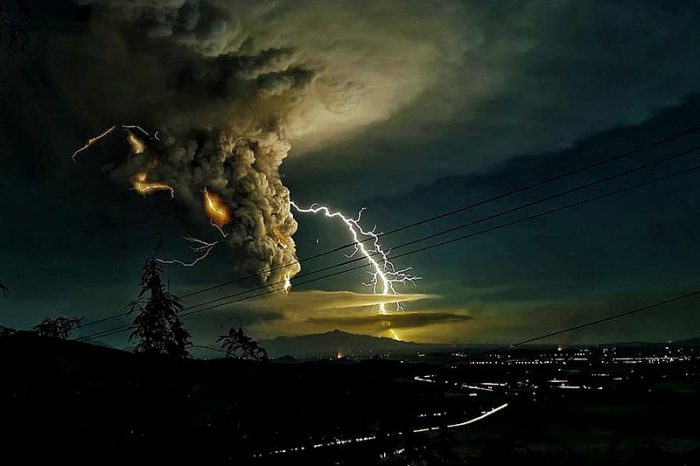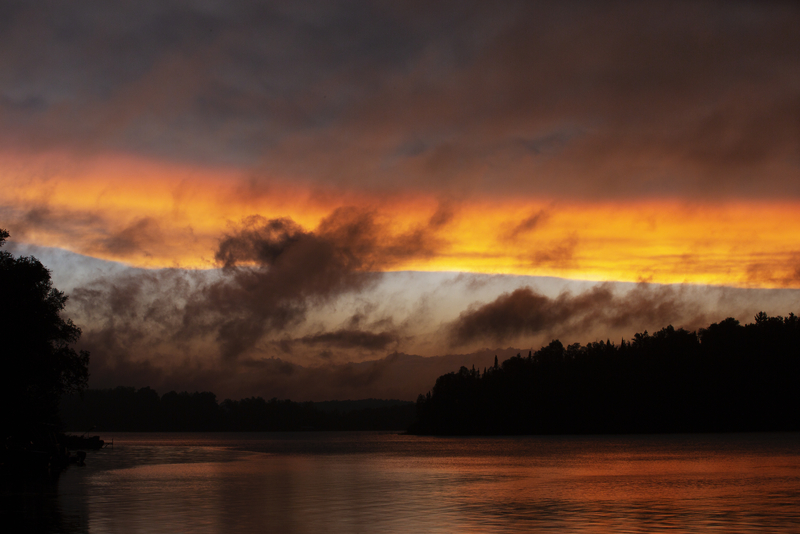Volcanic eruptions are some of the most powerful natural forces on the planet. As magma (molten rock) pushes up from beneath the Earth's crust, the tension sometimes becomes so great that it results in a massive explosion!
Lava (molten rock above the surface) spews up from the volcano, while a steady stream of ash, dust, and even rock is sent flying up into the air. And sometimes, something else, too.
Lightning.
Static electricity...super-sized!
What you're seeing in the time lapse video above is the recent eruption of Taal, a volcano in the Philippines. Taal's fury has been massive — its cloud of ash reaches 9 kilometres (32,000 feet) into the sky. But as the video shows, this cloud has also been full of bursts of lightning. How is that possible?
To answer your question: No, Taal isn't also erupting lightning! Instead, it is the density and intensity of the cloud of ash that it is spewing.
If a volcano sends enough ash particles into the sky, these heated bits all collide with each other over and over and over. This creates enormous amount of static electricity. The same you can make by rubbing your hair on a balloon. But yeah... super-sized. The electricity builds up until...BOOM!
The result is volcanic lightning, which is clearly seen in the video.
Staying safe
Mass evacuations are happening across the Philippines to get people away from the affected area. Officials are concerned that an even bigger eruption could be on the horizon. Hopefully this warning from Taal is enough for everyone to take her fury seriously.
But just in case you need a reminder...
Snapshots of Taal volcano eruption.
Keep safe everyone. ?? pic.twitter.com/xgUjs1ZXhX
— shuajo (@joshibob_) January 12, 2020
Don't mess with volcanic lightning!
 An image of volcanic lightning during the eruption of Taal in Philippines. (Wikimedia Commons/ThebestThegames678)
An image of volcanic lightning during the eruption of Taal in Philippines. (Wikimedia Commons/ThebestThegames678)










Wow. Just wow.
I would be rawly scared if I was there